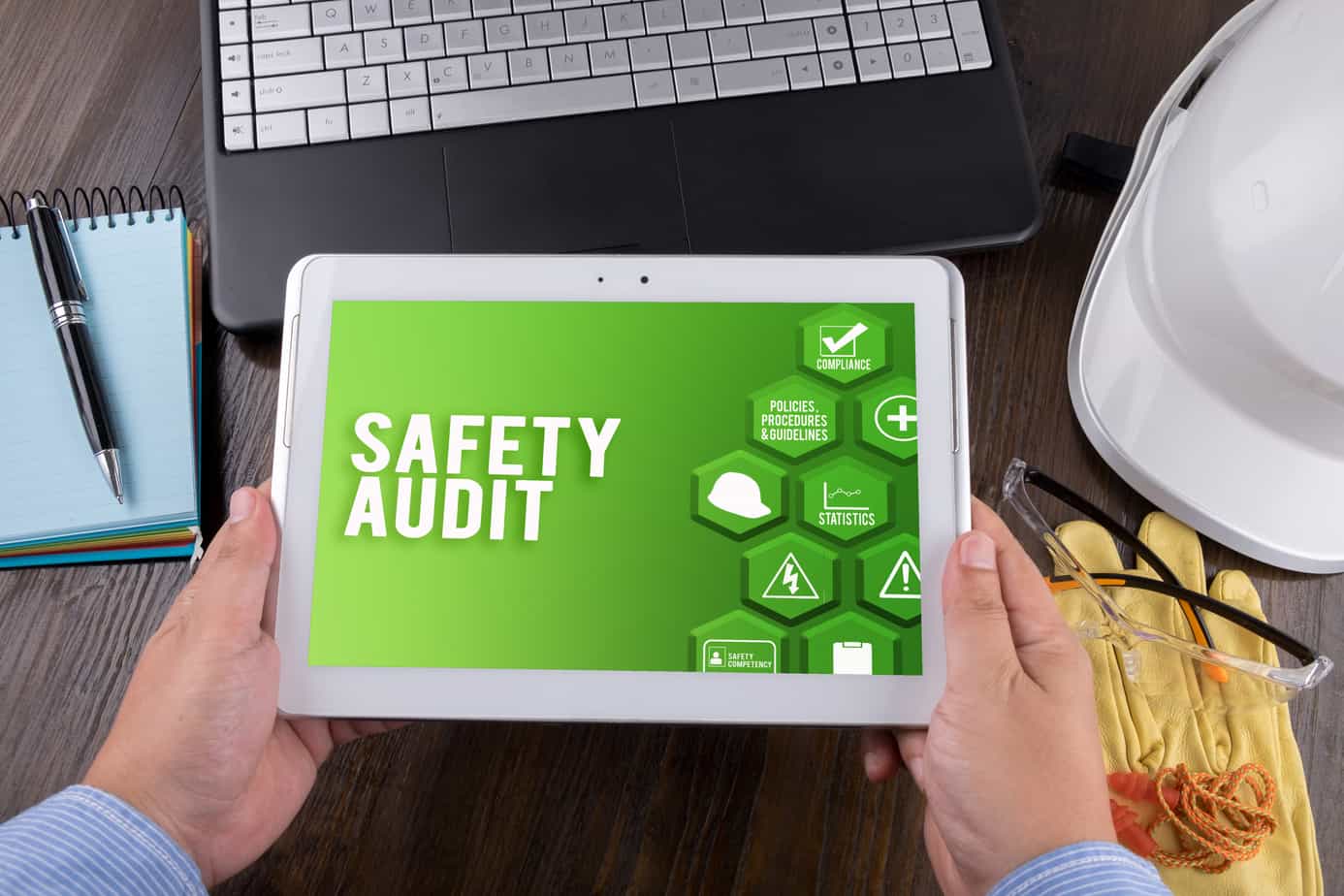Construction Site Safety: Best Practices for Workers and Employers
Construction Site Safety: Best Practices for Workers and Employers
Blog Article
Understanding Construction Site Hazards
Construction sites are among the most hazardous workplaces. They involve multiple risk factors such as heavy machinery, working at heights, hazardous materials, and potential structural failures. Identifying and mitigating these risks is essential to prevent accidents and injuries.
Common Risks on Construction Sites
- Falls from Height: One of the leading causes of fatalities on construction sites. Ladders, scaffolding, and rooftops pose significant risks.
- Machinery Accidents: Heavy equipment like bulldozers, cranes, and forklifts require proper handling to prevent mishaps.
- Electrical Hazards: Contact with live wires, improper grounding, and faulty equipment can lead to electrocution.
- Hazardous Materials: Exposure to asbestos, lead, and chemicals requires strict handling procedures.
- Slips, Trips, and Falls: Uneven surfaces, misplaced tools, and debris contribute to frequent injuries.
Safety Measures for Workers
Ensuring worker safety is a shared responsibility between employees and employers. Implementing these best practices can significantly reduce risks.
1. Personal Protective Equipment (PPE)
Workers must wear appropriate PPE such as helmets, gloves, safety goggles, high-visibility vests, and steel-toe boots. Employers should provide and enforce PPE usage to minimize injuries.
2. Fall Protection Systems
- Use guardrails, harnesses, and safety nets when working at heights.
- Secure ladders and scaffolding to prevent tipping.
- Conduct regular inspections of fall protection equipment.
3. Proper Handling of Machinery
- Only trained personnel should operate heavy equipment.
- Machines must undergo routine maintenance and inspections.
- Warning signs should be placed near active machinery to prevent unauthorized access.
4. Electrical Safety Practices
- Ensure proper insulation of wires and grounding of electrical systems.
- Use lockout/tagout (LOTO) procedures when maintaining electrical equipment.
- Keep water away from electrical sources to prevent short circuits.
5. Fire Safety Measures
Fire hazards exist due to flammable materials and electrical faults. A Fire Audit can help assess risks and recommend preventive measures such as fire extinguishers, alarms, and escape routes.
Safety Responsibilities for Employers
Employers play a crucial role in maintaining construction site safety. They must ensure compliance with safety regulations and provide a secure working environment.
1. Conducting Safety Audits
A comprehensive Safety Audit helps identify potential hazards and areas for improvement. Regular safety audits ensure that safety measures are up to date and effective.
2. Implementing Process Safety Management
Employers should adopt Process Safety Management strategies to prevent accidents related to hazardous chemicals and industrial operations.
3. Training and Education
- Conduct safety training programs for all workers.
- Provide hands-on drills for emergency response.
- Educate workers about potential hazards and protective measures.
4. Hazard and Operability Study (HAZOP)
A Hazop Study identifies potential process hazards and suggests corrective actions. This proactive approach enhances overall safety.
Emergency Preparedness and Response
Despite preventive measures, accidents may still occur. Having an effective emergency plan ensures quick and appropriate responses.
1. First Aid and Medical Assistance
- Maintain fully stocked first-aid kits at easily accessible locations.
- Train workers in basic first aid and CPR.
- Establish emergency medical contacts and procedures.
2. Fire and Evacuation Plans
- Conduct regular fire drills and evacuation training.
- Clearly mark emergency exits and escape routes.
- Assign personnel responsible for fire safety management.
3. Communication Protocols
- Use alarms and warning systems for immediate hazard alerts.
- Establish a clear chain of command during emergencies.
- Provide workers with radios or mobile communication for quick coordination.
The Role of a Safety Consultant
Hiring a Safety Consultant helps employers navigate complex safety regulations and implement best practices. A safety consultant assesses workplace risks, conducts audits, and provides recommendations to ensure compliance and worker safety.
Conclusion
Construction site safety requires a combination of proactive risk assessment, employee training, proper use of protective equipment, and adherence to safety regulations. By implementing best practices, both workers and employers can create a safer work environment, reduce workplace accidents, and improve productivity. Employers must take the lead in fostering a culture of safety, ensuring compliance with regulations, and investing in continuous improvement of safety standards. Report this page
